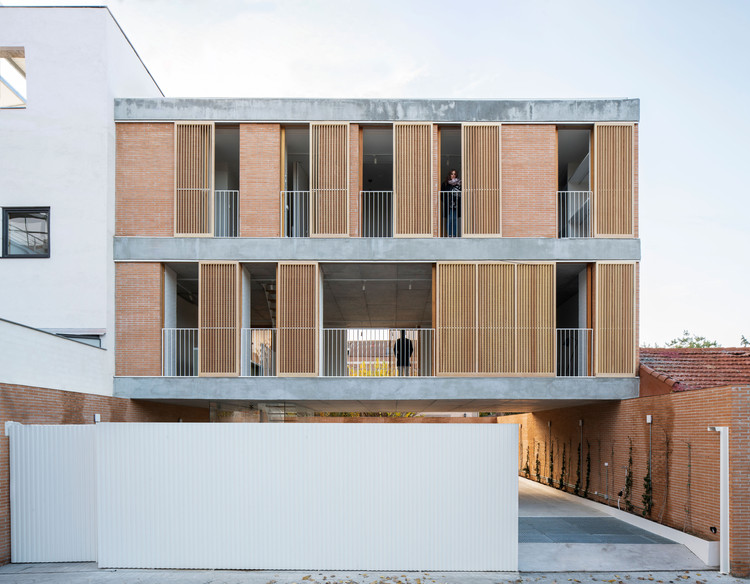
-
Architects: Ayllón Paradela Deandrés Arquitectos
- Area: 249 m²
- Year: 2019
-
Photographs:Miguel Fernández-Galiano
-
Manufacturers: AutoDesk, Cemex, Grupo Diaz Redondo, Placo, Saint Gobain Isover
-
Lead Architect: Javier Alejo Hernández Ayllón, Veronica Paradela Pernas, Javier De Andrés De Vicente

Text description provided by the architects. Nowadays, life demands a kind of architecture that is primarily flexible, over one that is strictly functional. Household mutations is what defines the contemporary home, understood as a combination of indeterminate, ever-changing rituals. Every person’s home is the stage on which life unfolds, from the ordinary to the extraordinary; a haven, but also a space for leisure, and―why not―even a workplace.
































